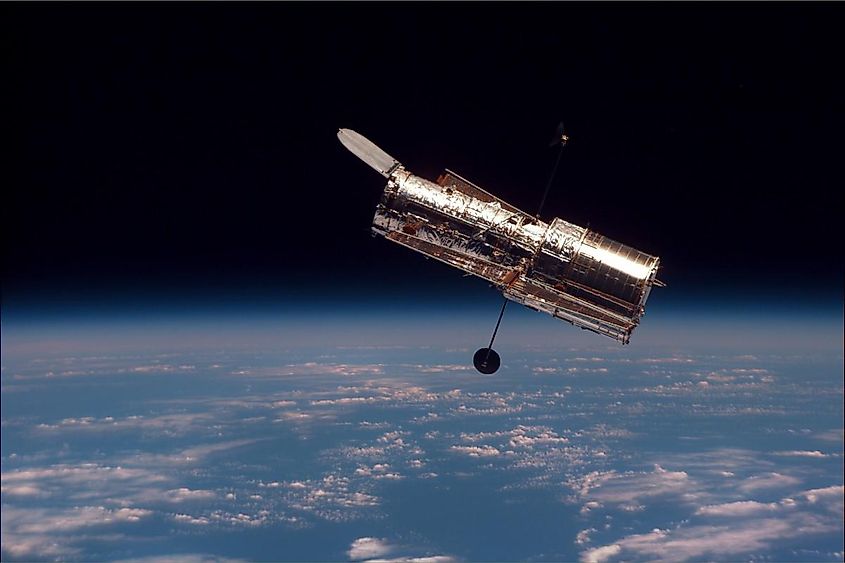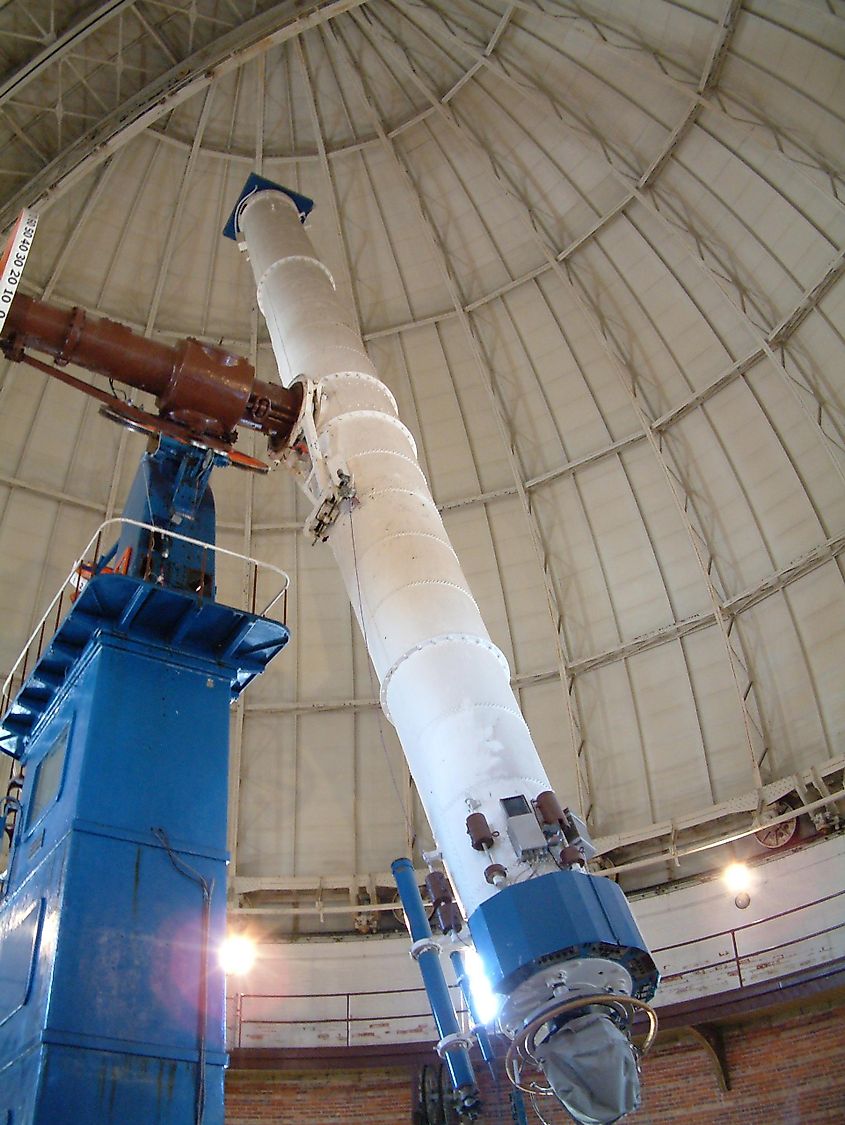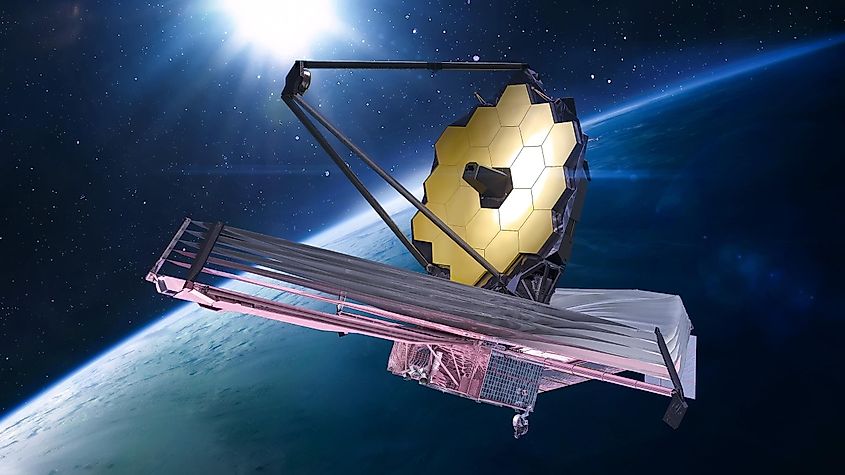
The Different Types Of Telescopes
There are three primary types of telescopes that almost all telescopes can be categorized into. These are known as the reflector telescope, refractor telescope, and catadioptric or compound telescope. Reflector telescopes utilize mirrors to reflect an image into the focal point. A refractor telescope uses lenses to bring an image into focus. Catadioptric or compound telescopes use a combination of both mirrors and lenses to focus. All types of telescopes have advantages and disadvantages, so astronomers will choose a telescope that is best suited to their research.
Reflector Telescopes

When entering a reflector telescope, light first hits the primary mirror located at the back of the telescope’s casing. The primary mirror is usually concave in order to focus the light into a singular place. After bouncing off the primary mirror, light will hit the secondary mirror located in the middle of the telescope before reflecting into the eyepiece. Since there is a mirror in the middle of the telescope, some of the light is obscured. This is one of the limitations of a reflector telescope, yet it is a somewhat subtle flat and will not inhibit amateur astronomers and their observations. Mirrors are also cheaper to produce than lenses, allowing reflector telescopes to be more accessible than refractor telescopes for novice astronomers. Reflector telescopes need to be collimated more often than refractor telescopes do. This means that the mirrors within the telescope need to be adjusted and aligned to allow the light to be reflected uniformly.
Refractor Telescopes

When light enters a refractor telescope, it enters the lens and converges towards a focal point. The eyepiece lens then organizes the light so it passes through the eyepiece uniformly. There are some size limitations with this kind of telescope. When they get too big, glass lenses can warp under their own weight. The largest refractor telescope in operation is the Yerkes 40-inch telescope, with a lens size of 40-inches (101.6-centimeters). These telescopes usually depict a linear optical path. This means that the light passes through without hitting anything. For a refractor telescope to have the same focal length as a reflector telescope of the same size, the encasement around the telescope would have to be much longer. All telescopes need to be collimated but refractor telescopes require upkeep less often than reflector and catadioptric telescopes.
Catadioptric Telescopes

Catadioptric telescopes use some of the best design features of both reflector and refractor telescopes. Utilizing both lenses and mirrors allows for an even smaller casing around the telescope because the light bounces multiple times before entering the eyepiece. Astronomers refer to this as a folded-path optical system. The same optical limitation appearing in reflector telescopes is also present in catadioptric telescopes because of the secondary mirror. These telescopes need to be aligned more often than refractor telescopes. This is partially due to how the telescope is made. Refractor telescopes have very few moving parts which are externally attached to the casing of the telescope. Catadioptric telescopes, however, have a moving primary mirror that allows astronomers to focus the telescope. Since the primary mirror is located inside the telescope, it cannot be concretely attached to the casing. This makes the mirror vulnerable to vibrational movement during transportation, thus requiring more frequent collimation.











